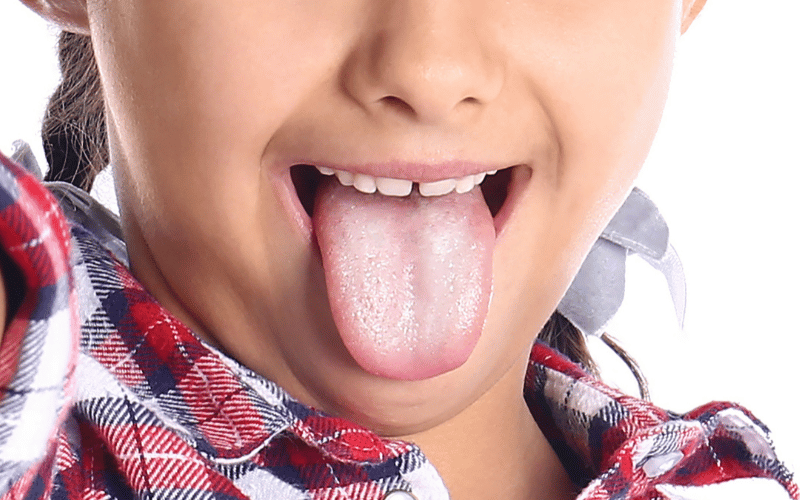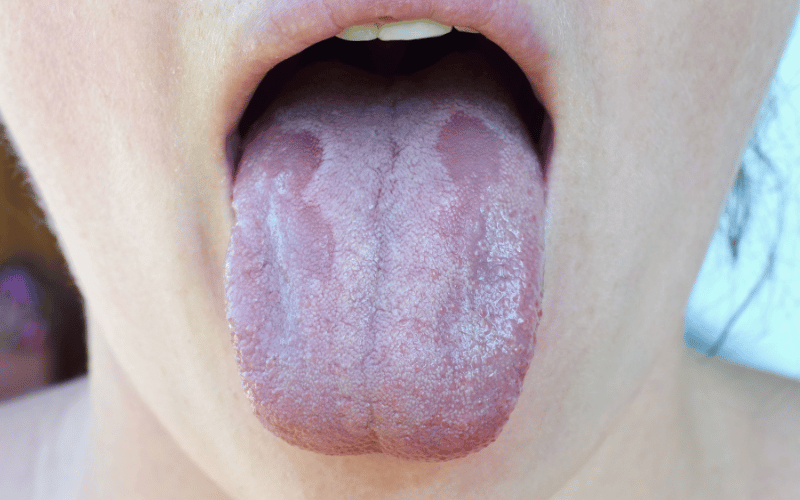Introduction: Demystifying Oral Thrush Symptoms in Children

Recognizing oral thrush symptoms in children can be a challenging task, especially when you’re a parent navigating the murky waters of childhood illnesses. Oral thrush, also known as oral candidiasis, is a fungal infection that occurs in the mouth, and it can cause a myriad of symptoms. While some symptoms are easy to identify, others can be easily mistaken for other health conditions. That’s why knowing the 10 specific signs of oral thrush in kids is crucial for early detection and treatment.
So, why should you be concerned? The early signs of oral thrush can lead to more severe problems if left untreated, affecting your child’s overall health and well-being. With the proper knowledge at your fingertips, you’re better equipped to recognize the warning signs. This will not only spare your child from unnecessary suffering but also reduce the treatment time, giving your little one a quicker path to recovery.
Parents are often the first line of defense in their child’s health, and you’re no exception. But when it comes to oral thrush, you don’t have to be a healthcare professional to identify the symptoms. This article aims to serve as your guide, breaking down the top 10 symptoms of oral thrush in children. From easily recognizable signs like white patches inside the mouth to the more subtle indicators like constant drooling, we’ll cover it all.
Let’s face it; the internet is full of information. However, the quality varies, and it can be difficult to sort out fact from fiction. That’s why this article is rooted in evidence-based information, offering you an authoritative resource. By the end, you’ll have the tools you need to confidently identify the symptoms of oral thrush and seek appropriate treatment options for your child.
So, buckle up as we delve deep into this often-misunderstood health concern, equipping you with the knowledge you need to act promptly and effectively. Your child’s health and well-being are too precious to leave to chance, and with this guide, you won’t have to.
1. White Patches on the Tongue and Inside Cheeks: The Classic Marker of Oral Thrush

White patches in the mouth can throw any parent into a state of concern. Oral thrush often starts this way, painting a cottage cheese-like texture across the tongue and inside cheeks. Your child’s mouth becomes a canvas for Candida albicans, the fungus responsible for oral thrush.
This symptom doesn’t necessarily cause immediate discomfort, which makes it even trickier to diagnose. You may spot it incidentally during mealtime or routine oral care. Interestingly, these patches aren’t usually uniform in size or shape; they can appear as splotchy spots, sometimes even forming a more substantial mass that covers a significant portion of the oral cavity.
The white patches often stand out against the backdrop of the oral cavity, which is generally a healthy pink. They’re resilient, sticking to the mucous membranes and not easily scraped off. Attempting to remove them could lead to bleeding or increased sensitivity, so physical intervention is rarely advisable.
What makes this particular symptom fascinating is that it’s akin to an iceberg; what’s visible is just a portion of the problem. The Candida yeast not only affects the surface but also penetrates the mucous membranes and can even enter the bloodstream if given the opportunity. (1)